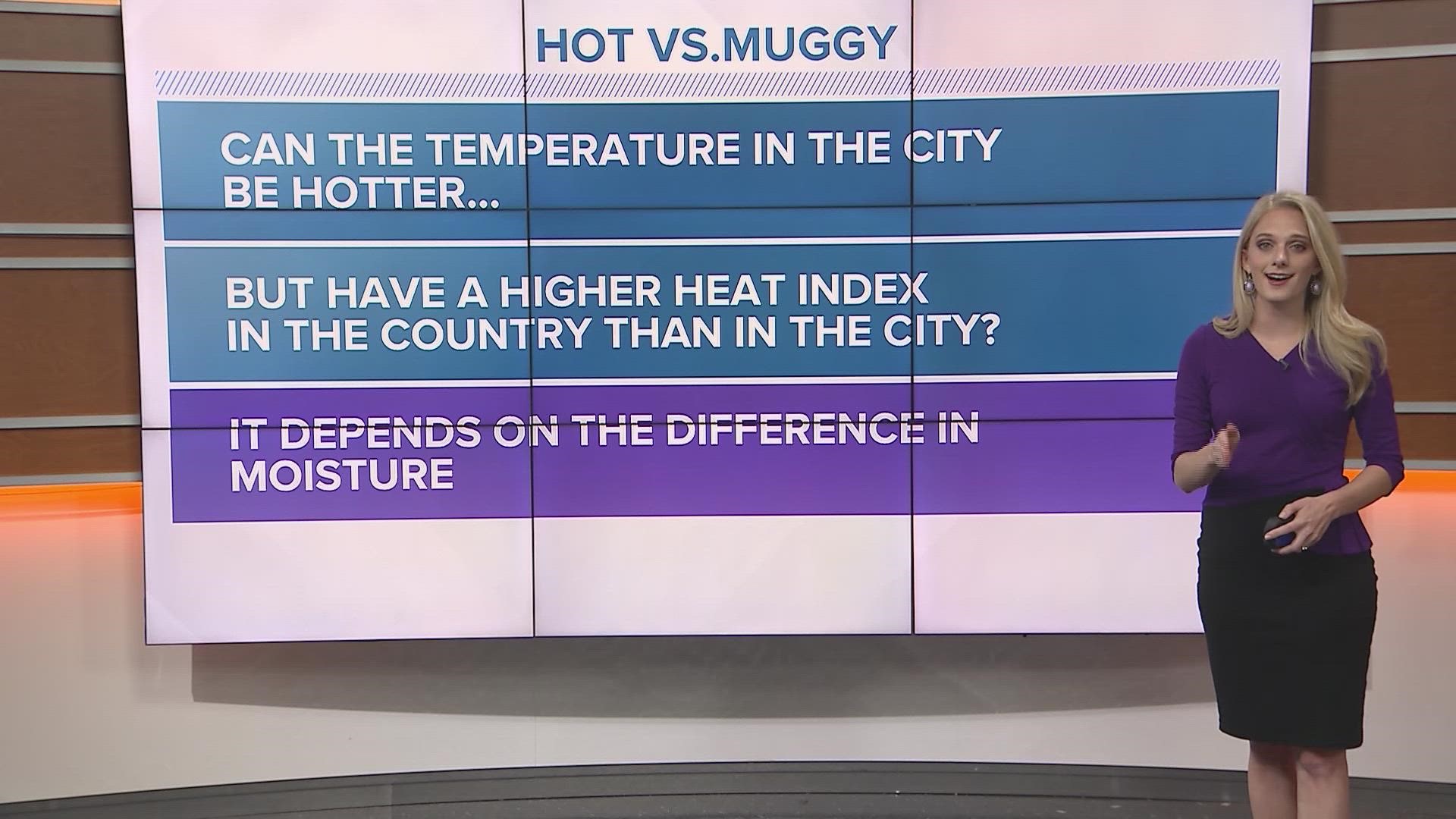Most of the time, the city is warmer than the surrounding areas due to the urban heat island effect. However, there are times the country can more muggy or feel warmer than the city.

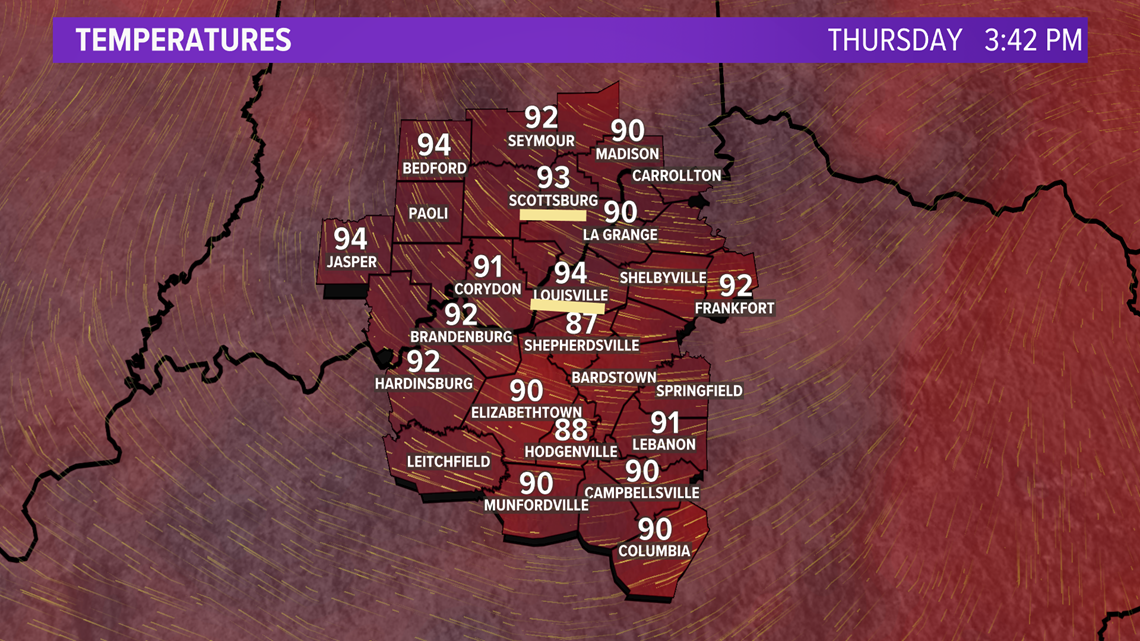
Here's an example, the air temperature is hotter in Louisville, Ky than Scottsburg, IN.

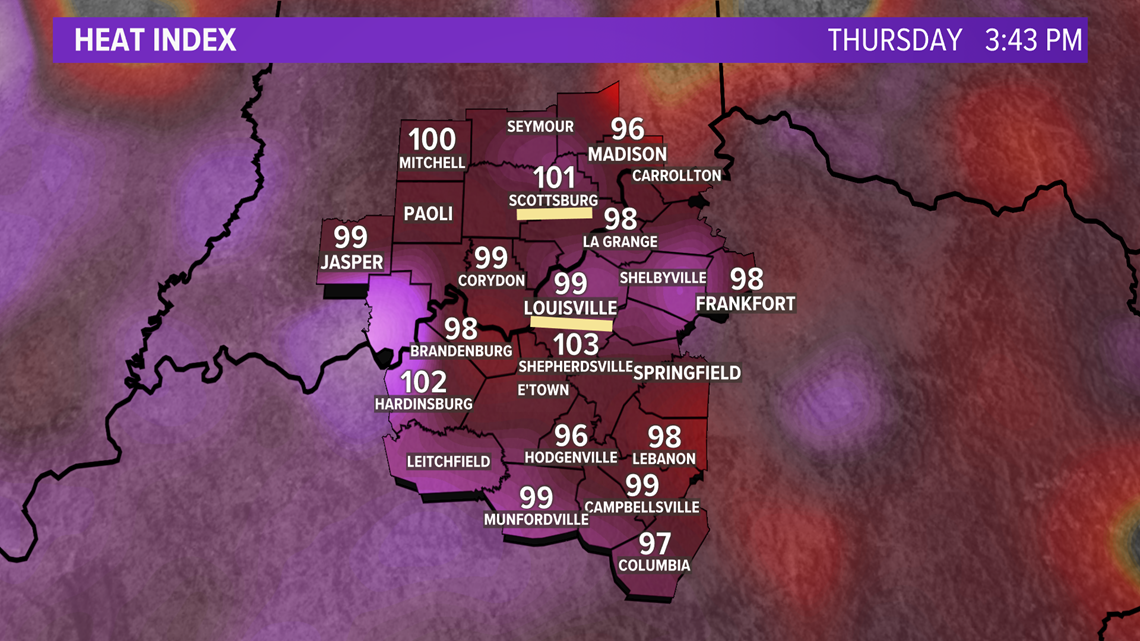
However, the heat index is higher in Scottsburg than it does in Louisville making it feel more muggy. Muggy is defined by the combination of heat and humidity and is measured by the heat index.

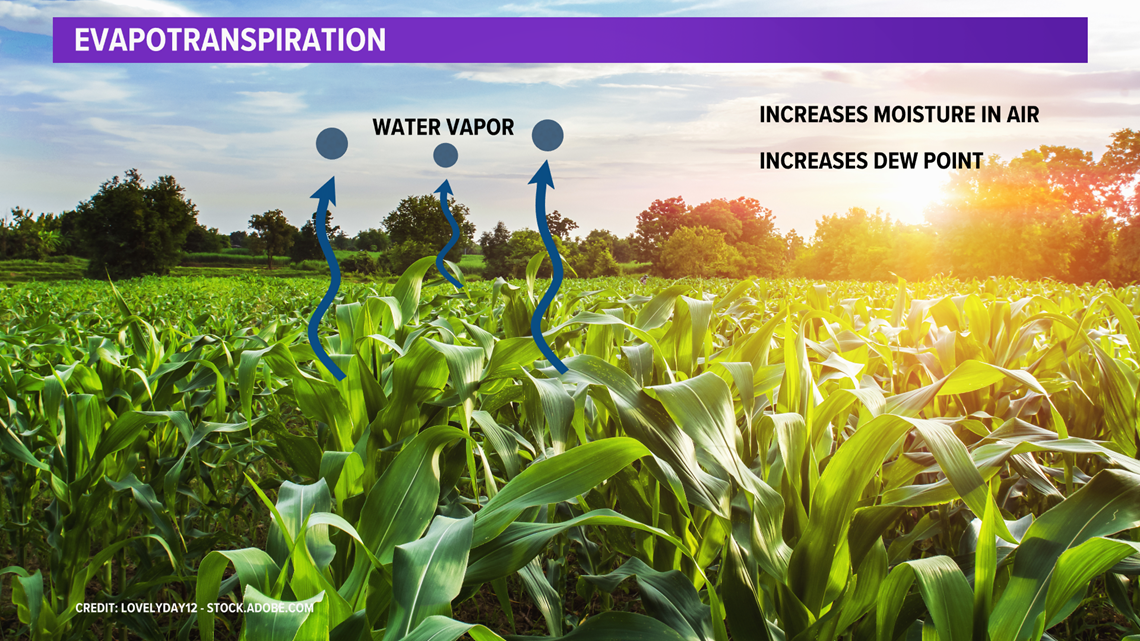
You can thank crops, such as corn and soybean fields. It’s through a process called evapotranspiration, where plants give off water vapor. This process increases the moisture in the air, which can lead to a higher heat index value.

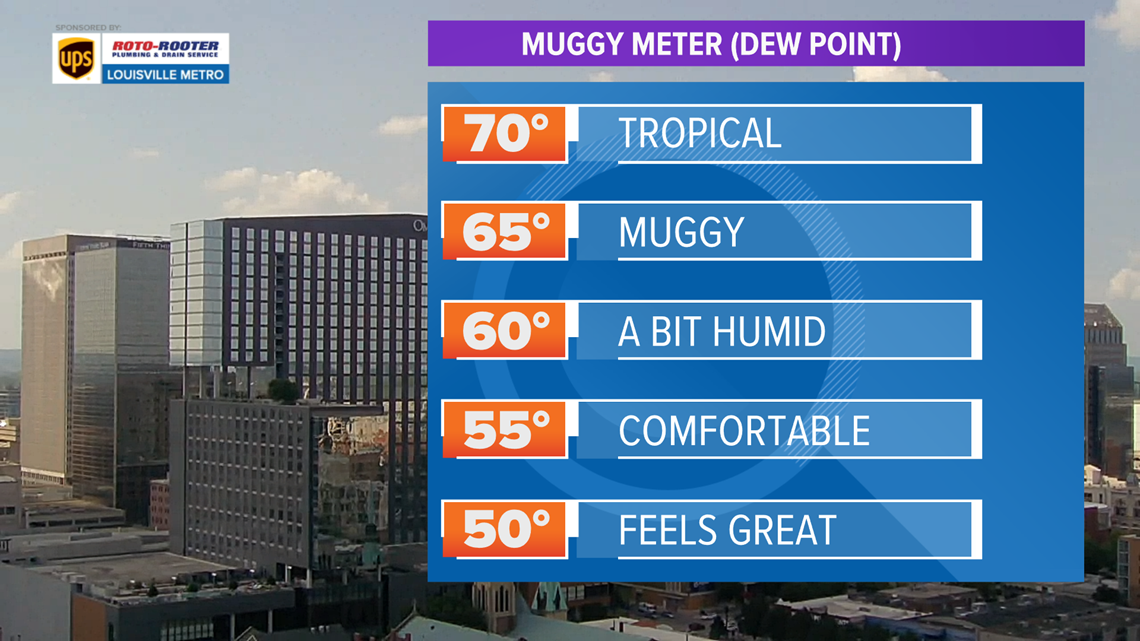
The dew point temperature is measure of how much moisture/water vapor is in the air. There’s little to no humidity and feels comfortable when the dewpoints are in the 50s or lower. It starts to become muggy when dew points are in the 60s. When they are 70 and above, there is abundant moisture, and it feels tropical.
While the actual air temperature may be warmer in the city, if the dew points are higher in the country due to crops, the heat index value/ feels-like temperature may be warmer than in the city.
Also, if temperatures cool to the dewpoint, the relative humidity will be 100%. Which explains why it can be so foggy in the mornings near cornfields.

